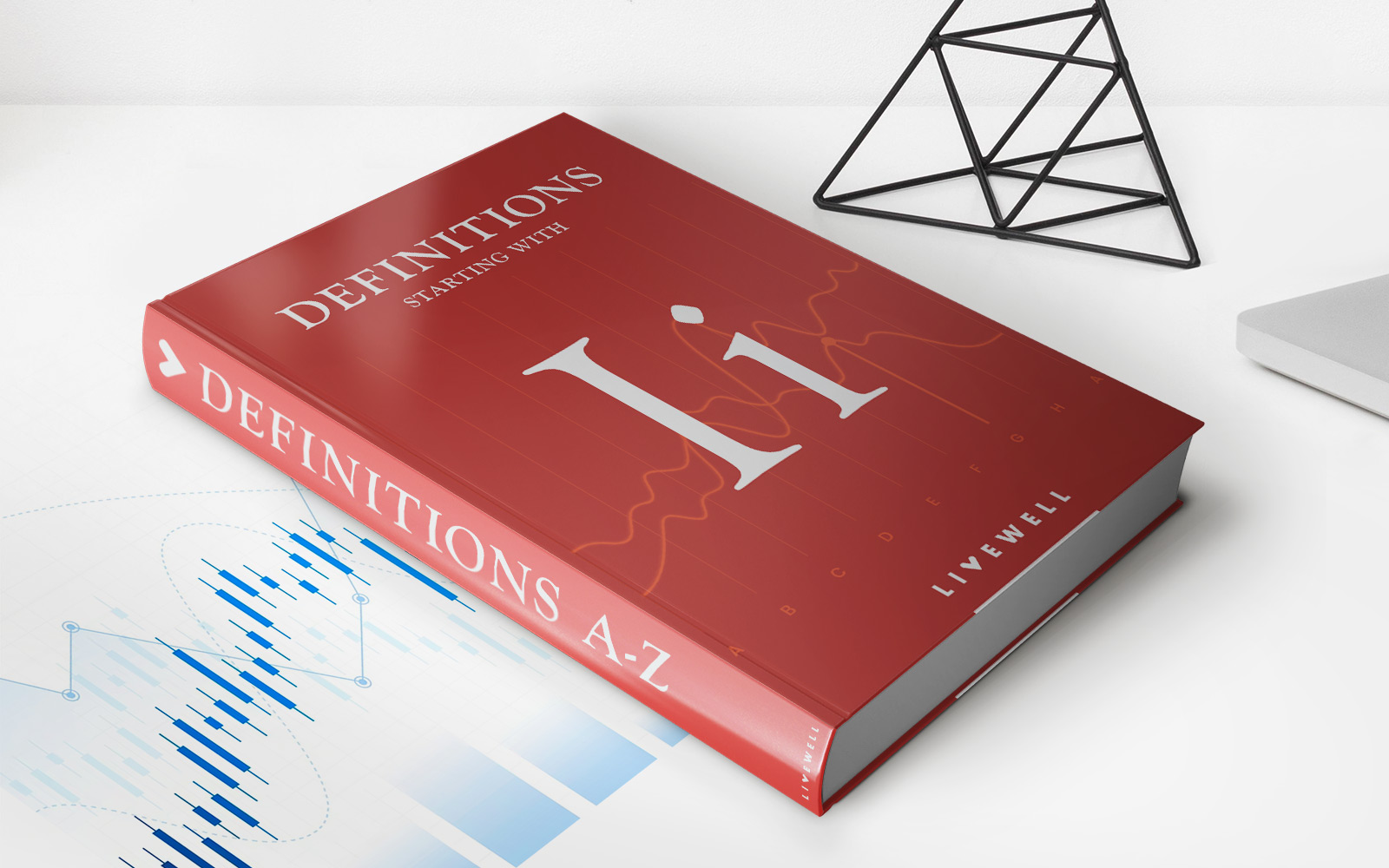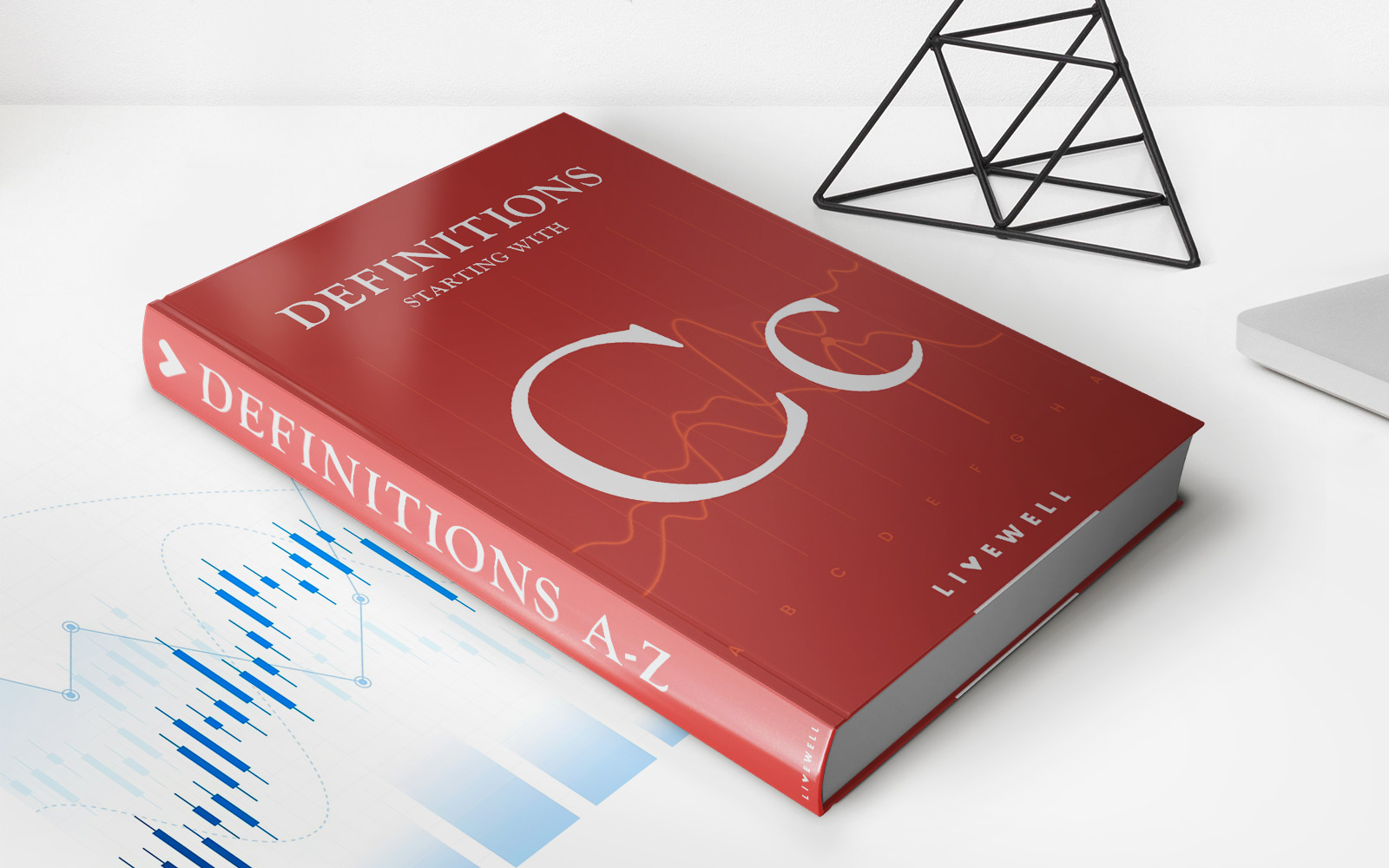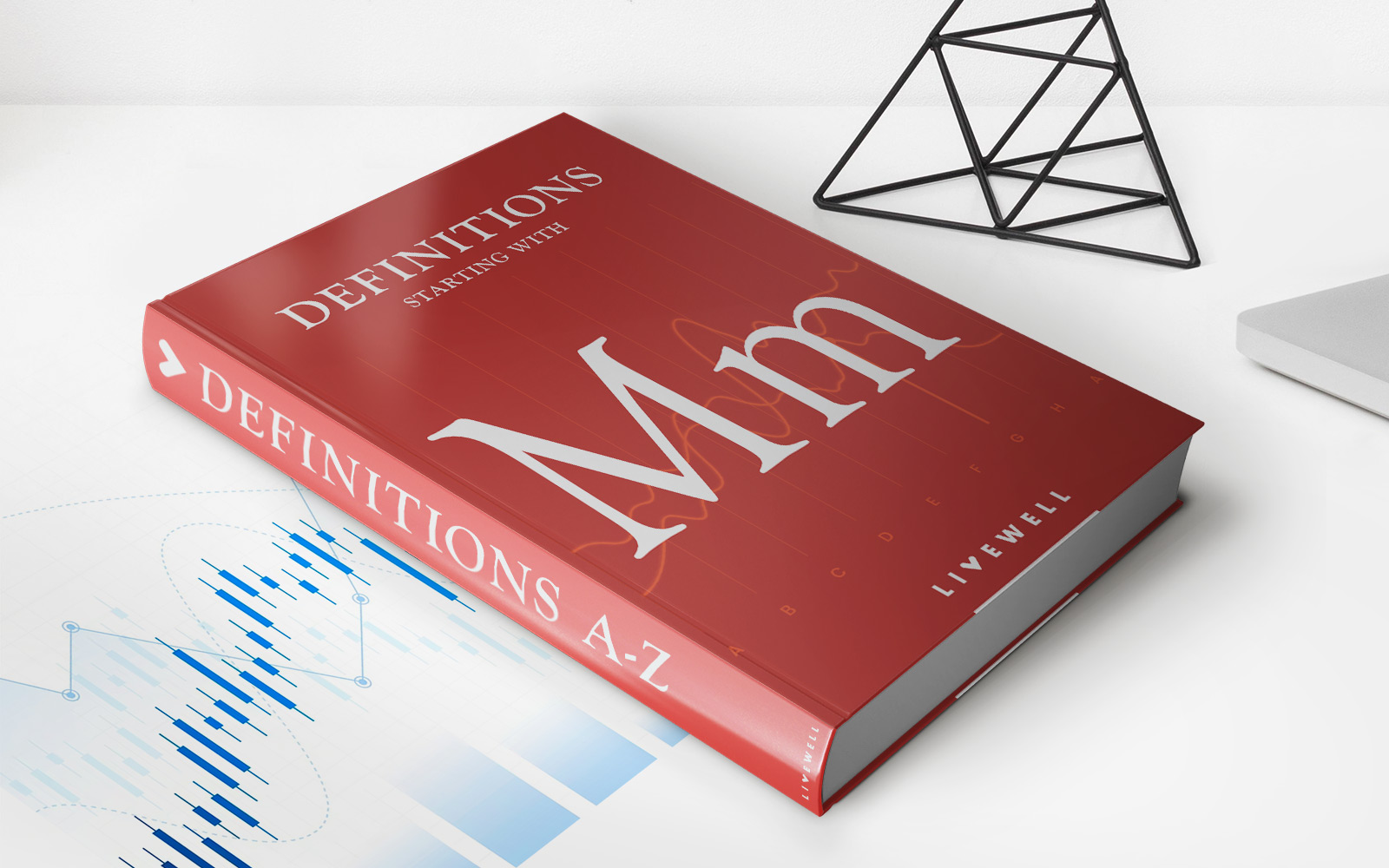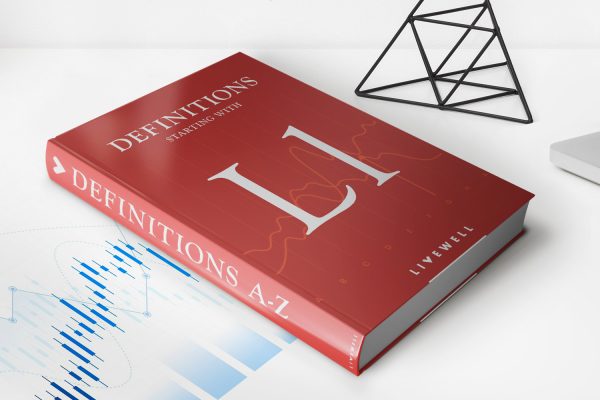
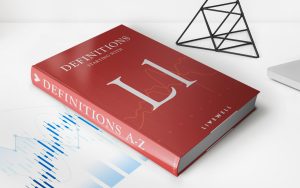
Finance
Look-Alike Contracts Definition
Published: December 20, 2023
Discover the meaning of look-alike contracts and their significance in the world of finance. Gain insights into the financial implications and benefits they offer.
(Many of the links in this article redirect to a specific reviewed product. Your purchase of these products through affiliate links helps to generate commission for LiveWell, at no extra cost. Learn more)
Unraveling the Mystery Behind Look-Alike Contracts
When it comes to navigating the complex world of finance, understanding the various types of contracts is essential. Look-alike contracts have become particularly popular in recent years, as they offer a wide array of benefits for investors and traders alike. In this blog post, we will delve into the definition of look-alike contracts and shed light on their importance in the financial industry. So, let’s dive in and demystify this intriguing concept!
Key Takeaways:
- Look-alike contracts are financial agreements that mimic the performance of an underlying asset or security.
- These contracts provide investors with the opportunity to gain exposure to different assets without actually owning them.
What Are Look-Alike Contracts?
Look-alike contracts, also known as synthetic contracts, are financial instruments designed to replicate the performance of an underlying asset or security. These contracts are typically created by financial institutions and are used by investors and traders to gain exposure to specific assets without physically owning them. In other words, through look-alike contracts, investors can participate in the price and volatility movements of an asset without actually possessing it.
Look-alike contracts come in various forms, such as futures, options, swaps, or even structured products. They are designed to closely mirror the performance, dividends, and other characteristics of the underlying asset. This allows investors to speculate on the price movements of the asset or hedge their exposure to it. By utilizing look-alike contracts, investors can potentially diversify their portfolios, manage risk, and enhance their investment strategies.
Why Are Look-Alike Contracts Important?
Look-alike contracts play a crucial role in the financial industry for several reasons:
- Accessibility: Look-alike contracts offer investors the opportunity to gain exposure to a wide range of assets that may otherwise be difficult or expensive to acquire directly. This accessibility factor allows individual investors to participate in diverse investment strategies and potentially access investment opportunities that were previously exclusive to institutional investors.
- Liquidity: Look-alike contracts are typically traded on organized exchanges, providing investors with a high level of liquidity. This means that investors can easily enter or exit positions in these contracts, enhancing their ability to manage risk and adjust their portfolios accordingly.
- Risk Management: Look-alike contracts provide investors with a valuable tool for managing risk. By utilizing these contracts, investors can hedge their exposure to specific assets and protect their portfolios against adverse price movements. This risk management aspect is particularly crucial for institutional investors, who often manage large portfolios with diverse holdings.
- Flexibility: Look-alike contracts offer a significant degree of flexibility. Investors can choose from various contract types and tailor their positions based on their investment objectives and risk tolerance. This flexibility allows investors to implement sophisticated investment strategies and adapt to changing market conditions.
- Enhanced Trading Opportunities: Look-alike contracts open up new trading opportunities for investors. With these contracts, investors can speculate on the price movements of specific assets without physically owning them. This ability to trade on price fluctuations enables investors to potentially generate profits in both rising and falling markets.
Conclusion
Look-alike contracts are a vital component of the financial industry, providing investors with access to a diverse range of assets and offering valuable risk management tools. Understanding the definition and importance of these contracts is crucial for both individual and institutional investors. By incorporating look-alike contracts into their investment strategies, investors can potentially enhance their portfolios, manage risk, and capitalize on various trading opportunities.
